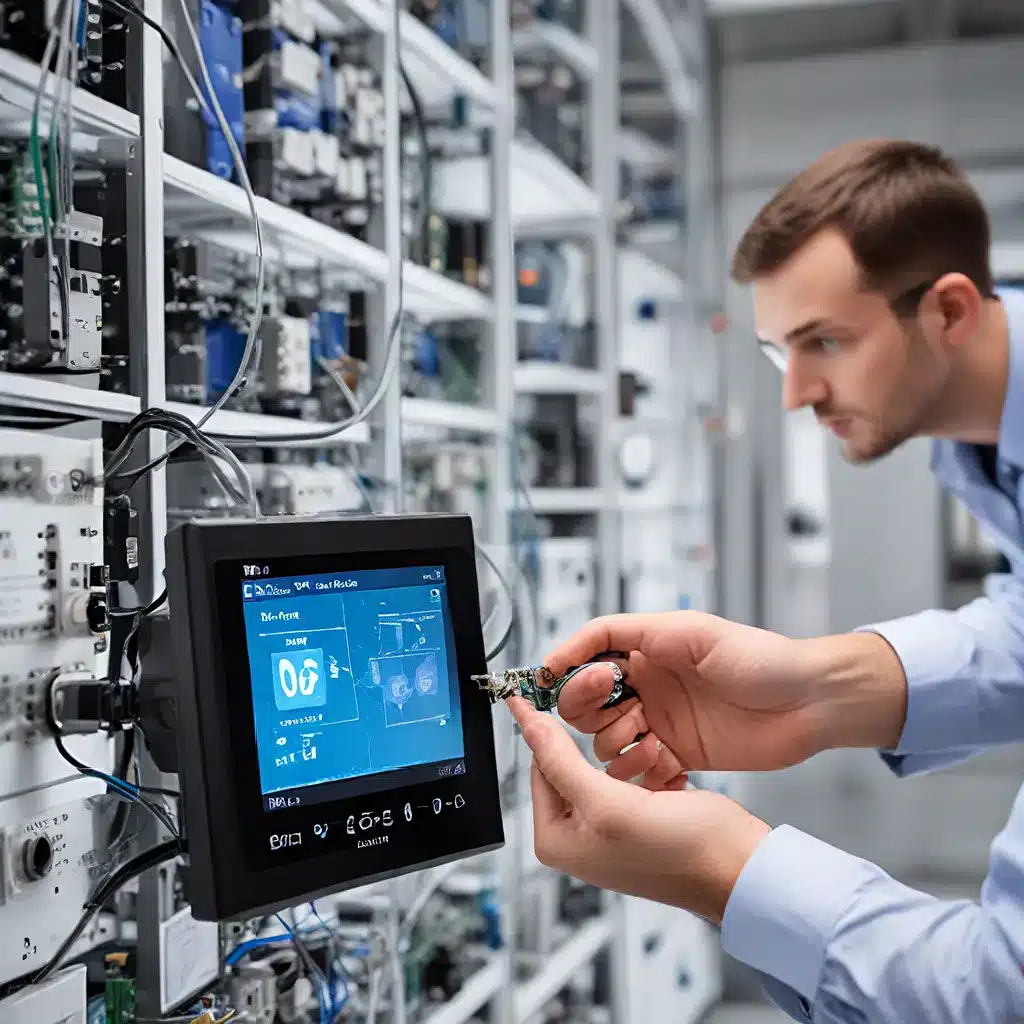
In the rapidly evolving landscape of the Internet of Things (IoT), the success of sensor networks lies at the heart of seamless data collection, analysis, and decision-making. Sensor calibration, a crucial yet often overlooked aspect, plays a pivotal role in ensuring the integrity and reliability of IoT systems. By mastering the art of sensor calibration, IoT professionals can unlock the true potential of their networks, paving the way for innovative applications and enhanced user experiences.
The Importance of Accurate Sensor Calibration
Sensor networks form the foundation of IoT ecosystems, serving as the gateways for real-time data capture and exchange. Whether monitoring environmental conditions, tracking asset movements, or enabling smart home automation, the accuracy and precision of sensor readings directly impact the effectiveness of the entire system. Inaccurate or uncalibrated sensors can lead to skewed data, faulty decision-making, and even catastrophic failures in mission-critical applications.
Proper sensor calibration ensures that the measurements taken by IoT devices align with the actual physical phenomena being observed. This process involves adjusting the sensor’s output to match a known, trusted reference standard, minimizing systematic errors and ensuring consistent data quality across the network. By investing time and resources in this critical step, IoT solution providers can build robust and reliable systems that inspire user confidence and drive meaningful insights.
The Challenges of Sensor Calibration in IoT
Implementing effective sensor calibration strategies in IoT networks presents a unique set of challenges that require a holistic approach. The diversity of sensor types, environmental factors, and the distributed nature of IoT architectures can make calibration a complex and ongoing endeavor.
One of the primary challenges lies in the heterogeneity of IoT sensors, each with its own characteristics, sensitivities, and calibration requirements. From temperature and humidity sensors to motion detectors and flow meters, each device has its own set of parameters that must be precisely tuned to ensure accurate readings. Developing a standardized calibration protocol that can be applied across a diverse range of sensors is a critical step in maintaining the integrity of the overall network.
Environmental conditions also play a significant role in sensor performance and calibration. Factors such as temperature fluctuations, humidity levels, and the presence of electromagnetic interference can all contribute to sensor drift and inaccuracies over time. Implementing dynamic calibration techniques that account for these environmental variables is essential for maintaining consistent data quality.
Moreover, the distributed nature of IoT networks, with sensors deployed in various remote locations, makes centralized calibration a logistical challenge. Developing efficient calibration workflows and leveraging technologies like edge computing and wireless communication protocols can help streamline the calibration process and minimize the need for manual interventions.
Sensor Calibration Strategies for IoT Networks
To address the challenges of sensor calibration in IoT, a multifaceted approach is required, drawing upon a combination of technological advancements and best practices.
Automated Calibration Techniques
One of the key strategies for ensuring effective sensor calibration in IoT is the adoption of automated calibration techniques. These methods leverage machine learning algorithms, advanced sensor fusion, and real-time data analysis to continuously monitor sensor performance and automatically adjust calibration parameters as needed.
Automated calibration can significantly reduce the burden on IoT system administrators, freeing them from the time-consuming and error-prone manual calibration processes. By continuously monitoring sensor data, these techniques can detect and address drift, bias, and other calibration issues before they impact the overall system performance.
Sensor Fusion and Redundancy
Incorporating sensor fusion and redundancy into IoT network designs can further enhance the reliability and accuracy of sensor data. By combining readings from multiple, strategically placed sensors, IoT systems can cross-validate measurements, identify and mitigate outliers, and provide a more robust and reliable data stream.
This approach not only improves the overall data quality but also enables the implementation of fault-tolerant systems, where the failure of a single sensor does not compromise the entire network’s functionality. Sensor redundancy can ensure that critical data points are consistently captured, even in the face of unexpected sensor failures or environmental challenges.
Edge Computing and Distributed Calibration
The rise of edge computing in IoT has opened new avenues for sensor calibration strategies. By leveraging the computational power and proximity of edge devices, IoT networks can perform real-time sensor calibration closer to the data source, reducing latency and improving responsiveness.
Edge-based calibration algorithms can continuously monitor sensor performance, adjust parameters, and even detect anomalies or potential failures, allowing for proactive maintenance and calibration. This distributed approach to calibration reduces the reliance on centralized processing, enhancing the scalability and resilience of the overall IoT system.
Calibration-Aware System Design
Effective sensor calibration in IoT also requires a holistic, system-level approach to design and deployment. IoT solution providers should consider calibration requirements from the initial planning stages, ensuring that the network architecture, sensor selection, and data processing workflows are designed to support seamless and efficient calibration processes.
This may involve the integration of calibration-specific sensors, the implementation of standardized calibration protocols, and the incorporation of remote calibration capabilities. By embedding calibration considerations into the core of the IoT system design, organizations can create future-proof solutions that adapt to evolving requirements and maintain high data integrity over the long term.
Unlocking the Full Potential of IoT with Sensor Calibration
Sensor calibration is a critical enabler for the widespread adoption and success of IoT technologies. By addressing the challenges of sensor heterogeneity, environmental factors, and distributed network architectures, IoT solution providers can unlock the full potential of their sensor networks, driving innovative applications and delivering reliable, actionable insights.
As the IoT landscape continues to evolve, the importance of robust sensor calibration strategies will only grow. By investing in the right tools, technologies, and best practices, organizations can build IoT systems that inspire user trust, optimize operational efficiency, and pave the way for a future where sensor data is the foundation for smart, connected environments.